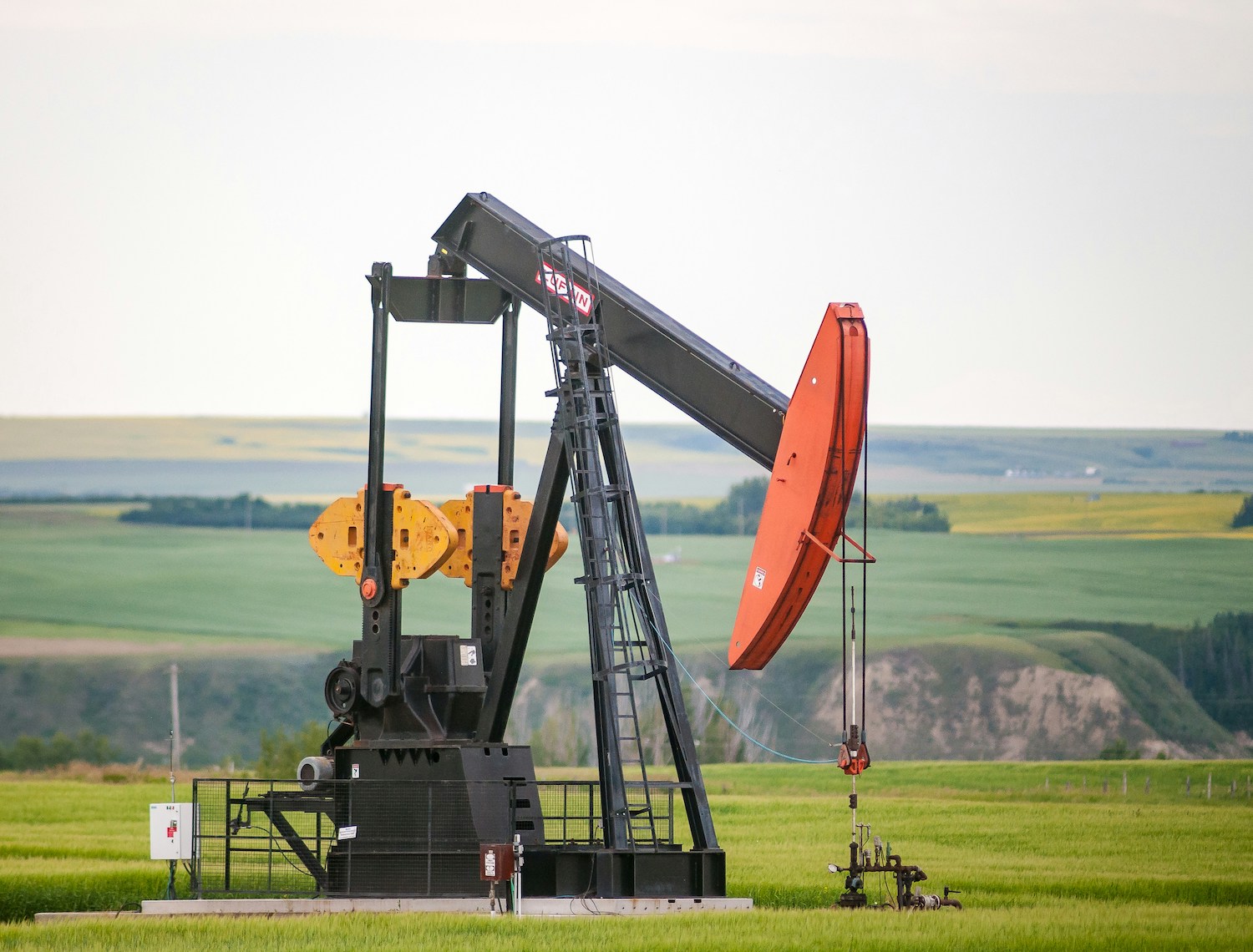Wood Mackenzie projects the Asia Pacific (APAC) region to be the primary driver of oil demand, accounting for over 63% of the total increase. China would account to 496,000 bpd whilst India to 161,000 bpd increase, which makes them significant contributors to the growth. APAC, excluding these 2 countries, is expected to account for 542,000 bpd of increased demand. In contrast, Europe's demand is forecasted to decline by 44,000 bpd due to weak economic growth. Looking ahead to 2025, Wood Mackenzie anticipates a lower oil demand growth of 1.4 million bpd, with APAC again being the major driver.
The International Energy Agency (IEA) predicted that India will surpass China as the largest driver of global oil demand growth until 2030. India is expected to contribute nearly 1.2 million bpd to global demand growth during this period, representing over one-third of the projected global increase of 3.2 million bpd. By 2030, India's oil demand is forecasted to reach 6.6 million bpd, up from 5.5 million bpd in 2023. Diesel fuel will be the primary driver of India's oil consumption, accounting for almost half of the nation's demand rise and over one-sixth of total global oil demand growth through 2030. Jet fuel demand is also expected to increase significantly, albeit from a lower base compared to other countries.
The Organization of the Petroleum Exporting Countries (OPEC+) has pledged to reduce oil production this year but for now it seems that the only ones standing by this decision are Russia and Saudi Arabia since according to Reuters data, OPEC increased its production by 90,000 bpd last month compared to January, which does not correspond with the group’s statement on November 30 last year to reduce production in the first quarter of 2024. The bloc’s estimates of demand growth this year are 2.25 million bpd which is far more than estimate of International Energy Agency’s, which stands at 1.22 million bpd. Recently, Reuters agency was informed by its sources that OPEC is considering further cuts.
Energy Information Administration (EIA) reported US crude oil inventories rose 4th consecutive week. Refinery maintenance and outages, including unplanned outages following a winter storm in January and planned turnarounds, have kept refining activity at its lowest levels since late 2022. The outage at the Whiting refinery in Indiana, the Midwest's largest refinery, which started at the beginning of February, contributed to the supply builds.
War between Israel and Hamas has spilled into other regions of Middle east and Iran backed Houthis group in Yemen started attacking cargo ships in the Red Sea causing major disruptions on the traffic passing through Suez Canal. This forced some big oil companies like BP to divert their tankers to alternative routes. Hope of cease fire in Israel and the coalition of countries led by the US placing patrols in the Red Sea and Gulf of Aden drove oil prices down. However, conflict continues and there is a fear of further escalation, which prompted prices to rise again settling near $80 a barrel.

source: Investing.com
Global tensions, economic growth in the world’s manufacturing powerhouses, as well as transition from fossil fuels by large economies like Europe all contribute to the dynamics of oil markets. The next few years, the main driving forces of the global oild demand will be countries like China and India according to the analysts.
Sources:
https://www.woodmac.com/press-releases/apac-markets-driving-global-oil-demand/
 English
English
 Slovak
Slovak
 Czech
Czech
 Hungarian
Hungarian
 Italiano
Italiano
 Polish
Polish





